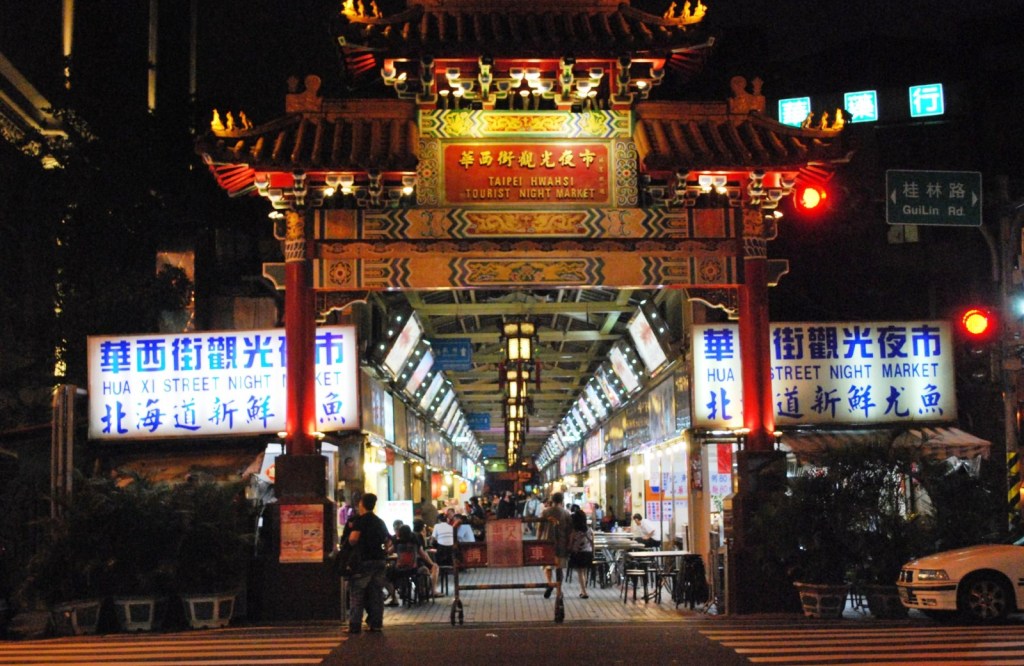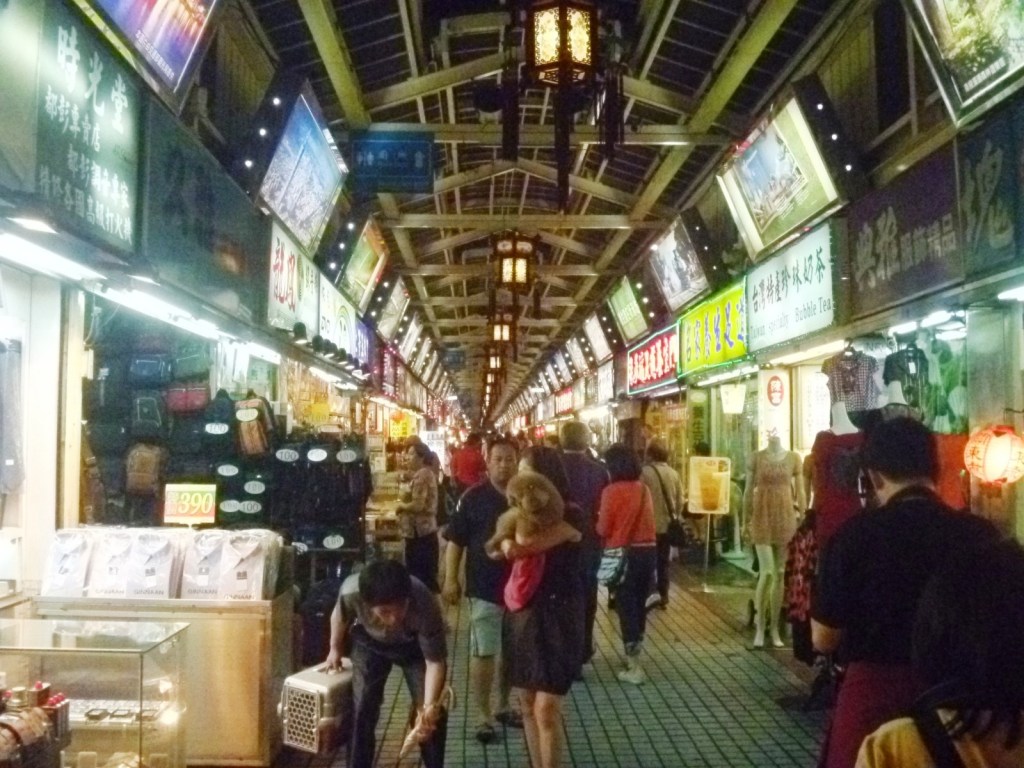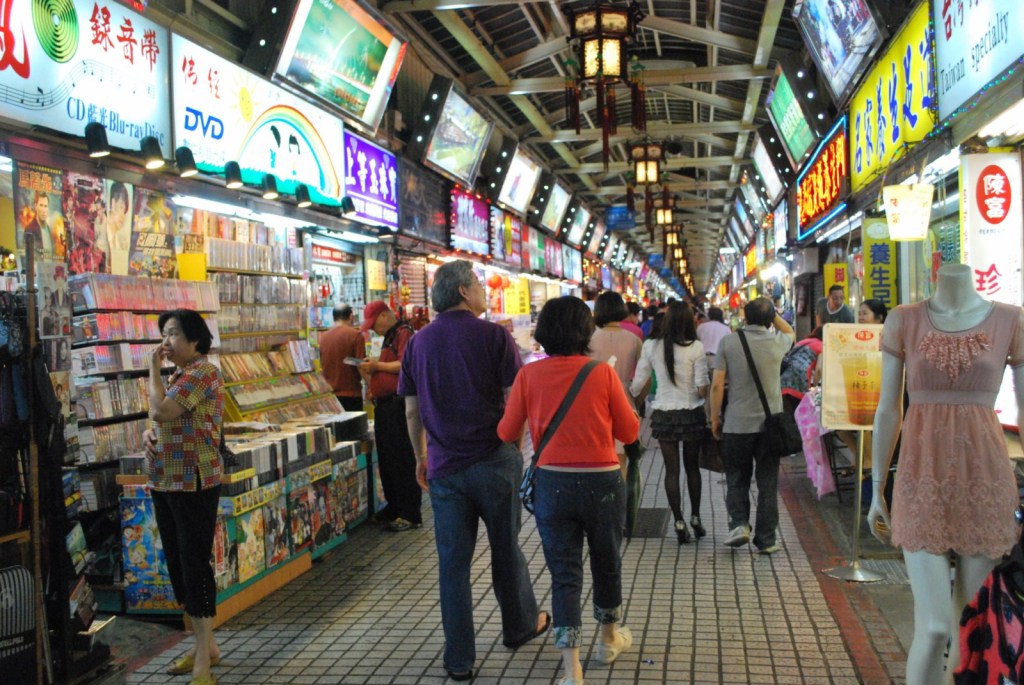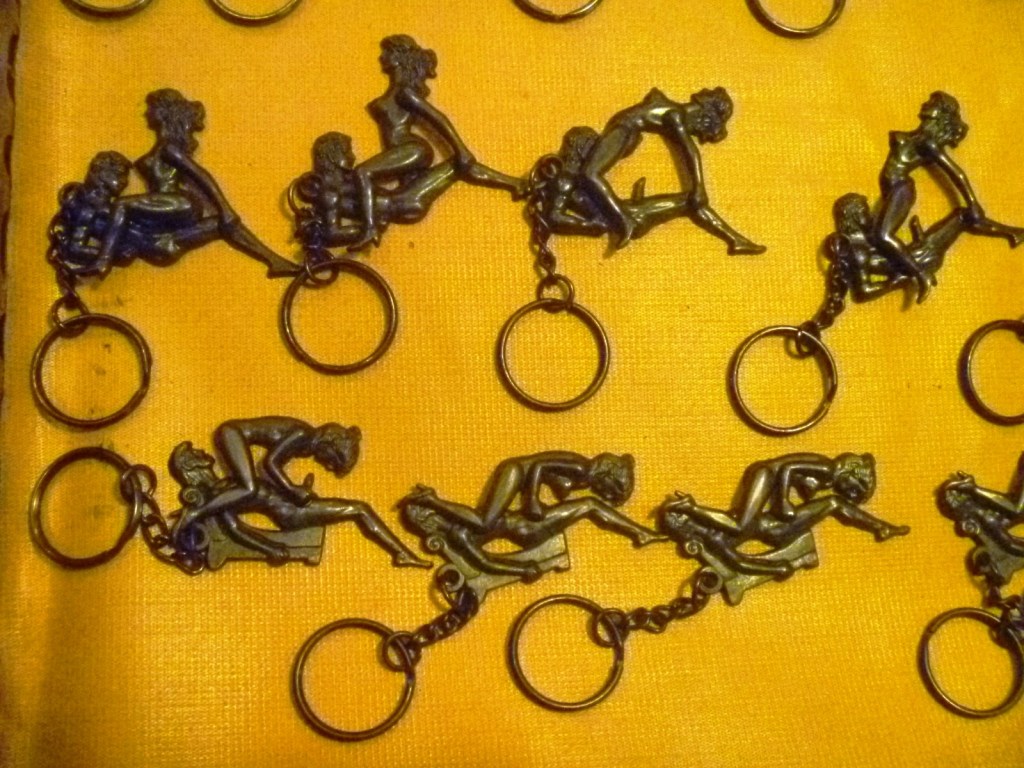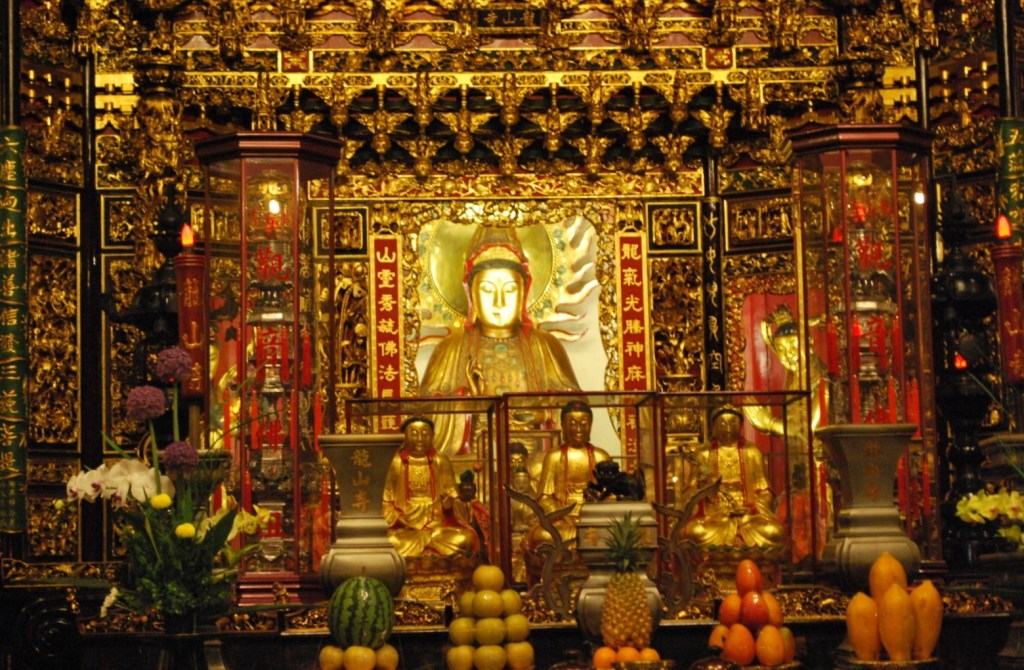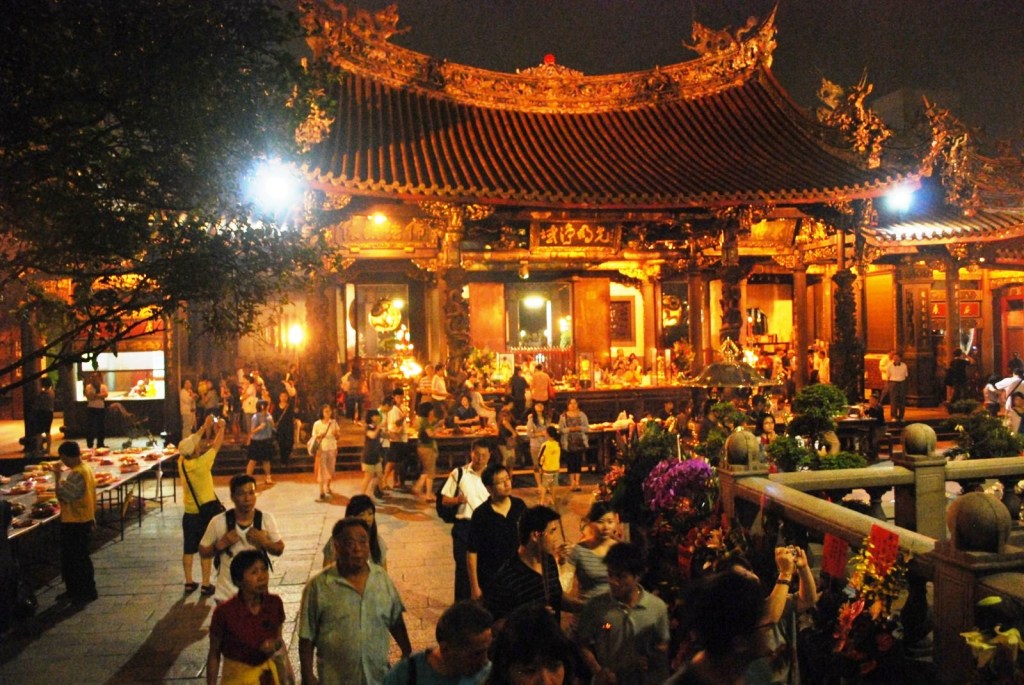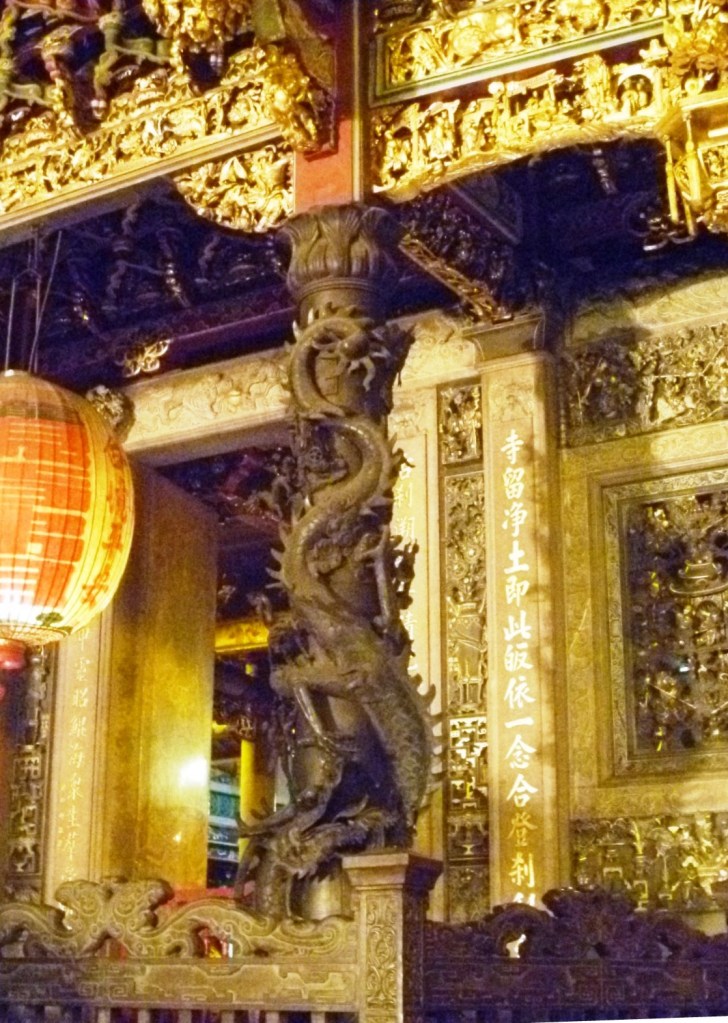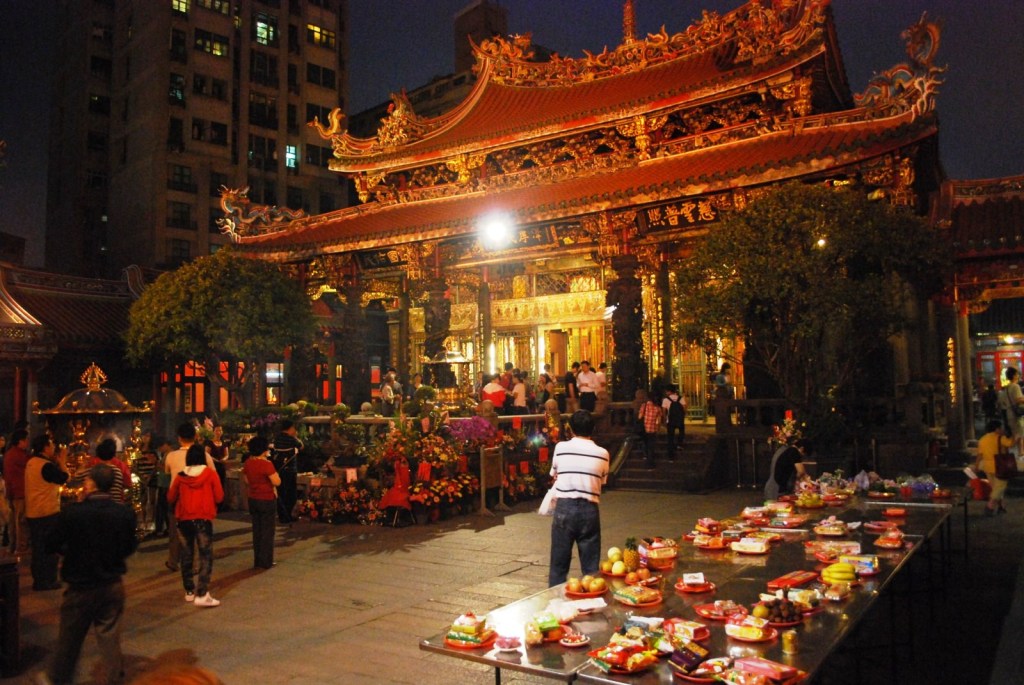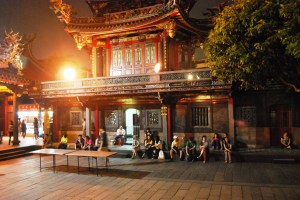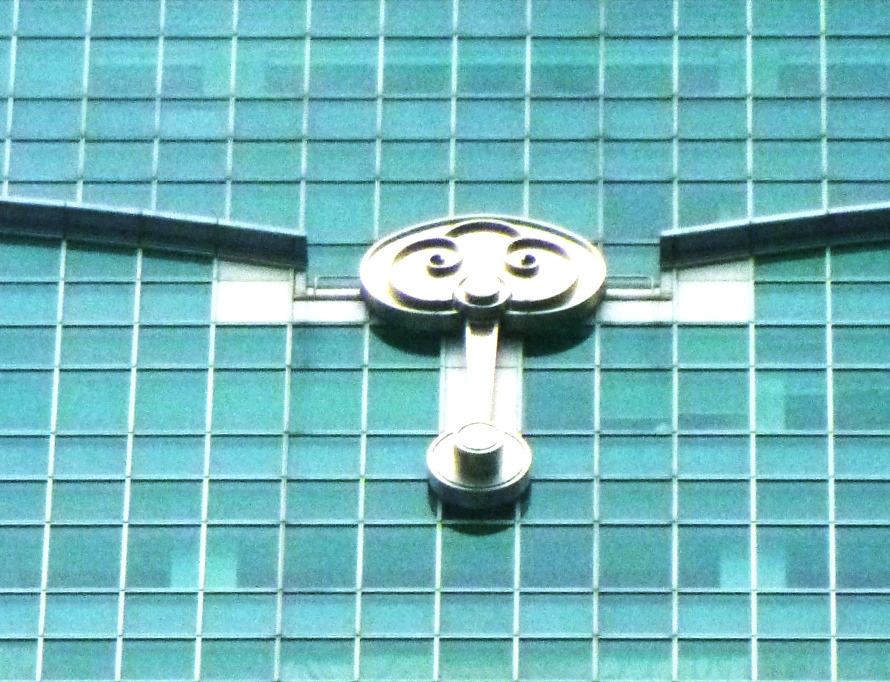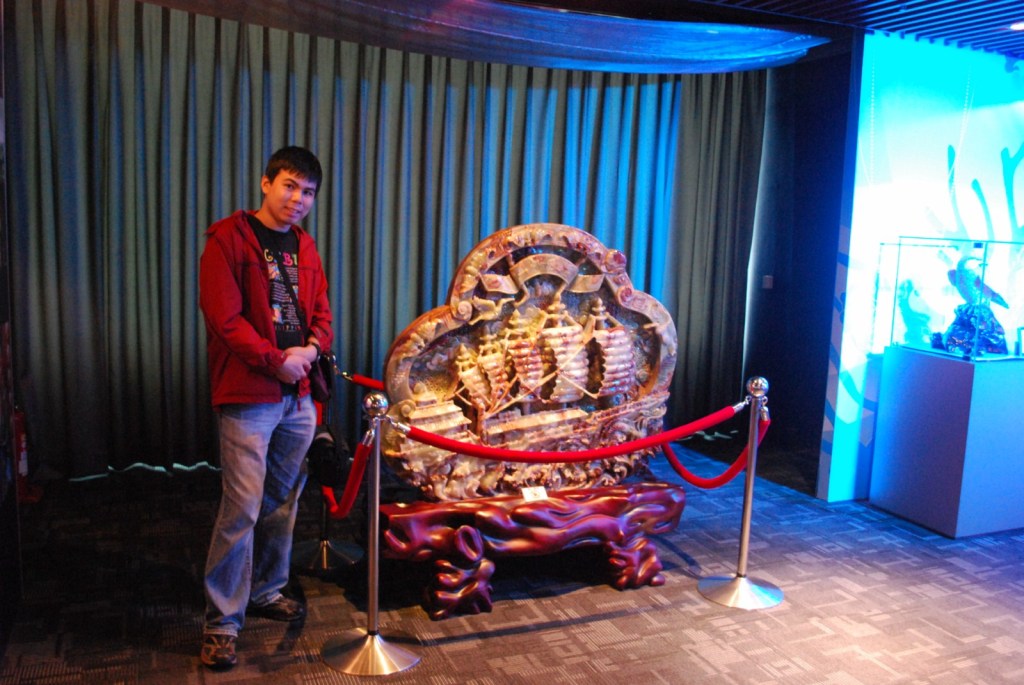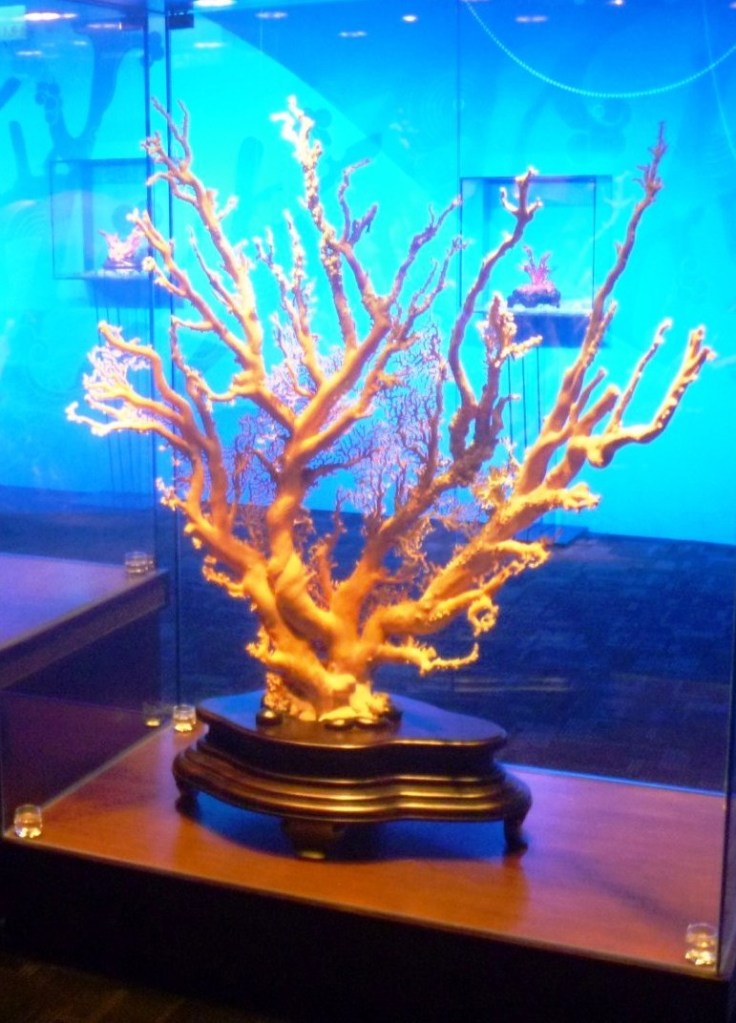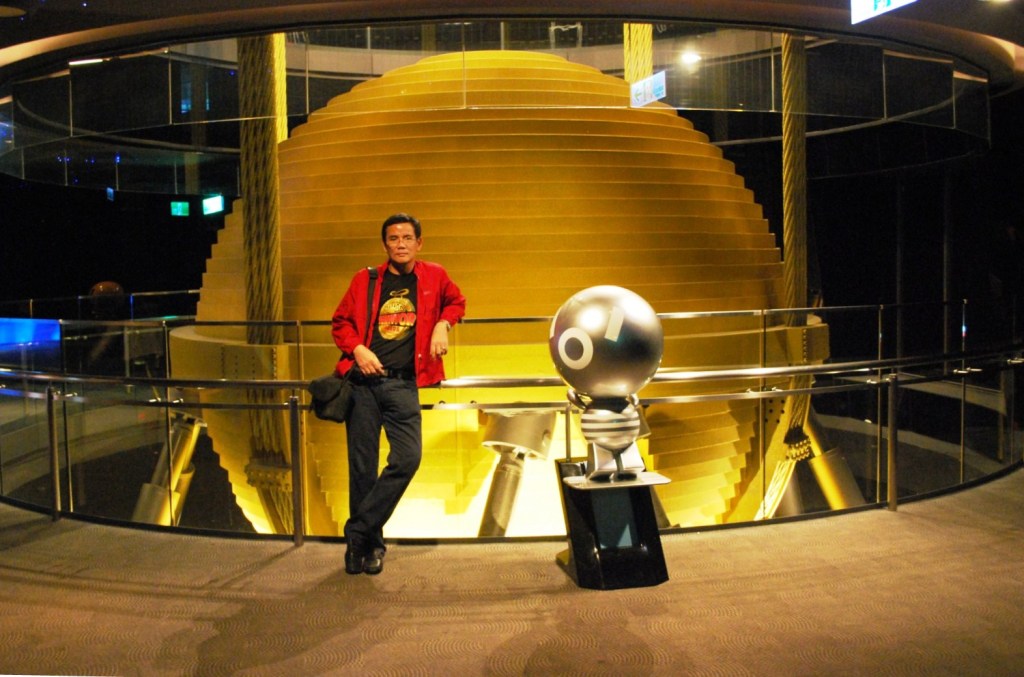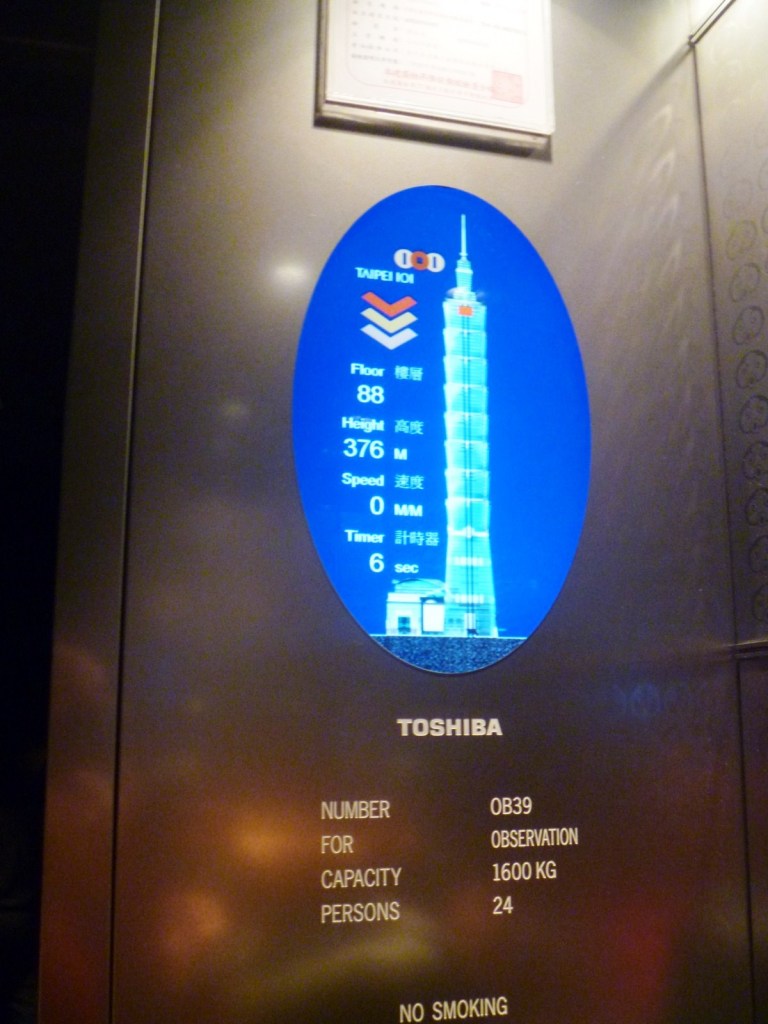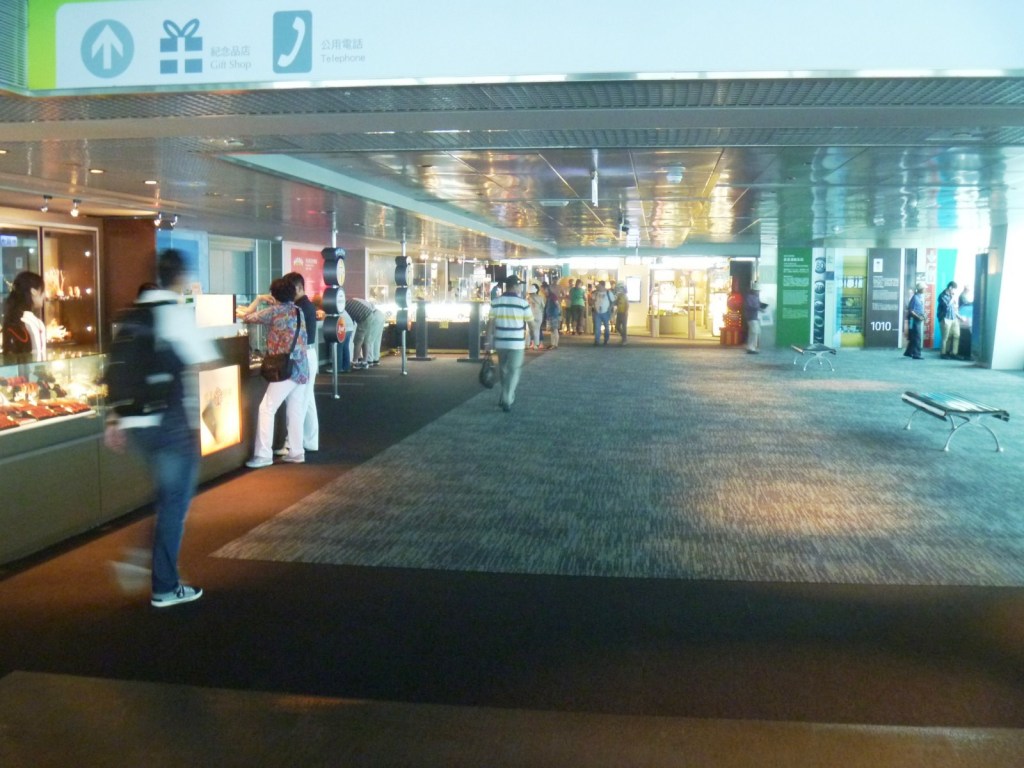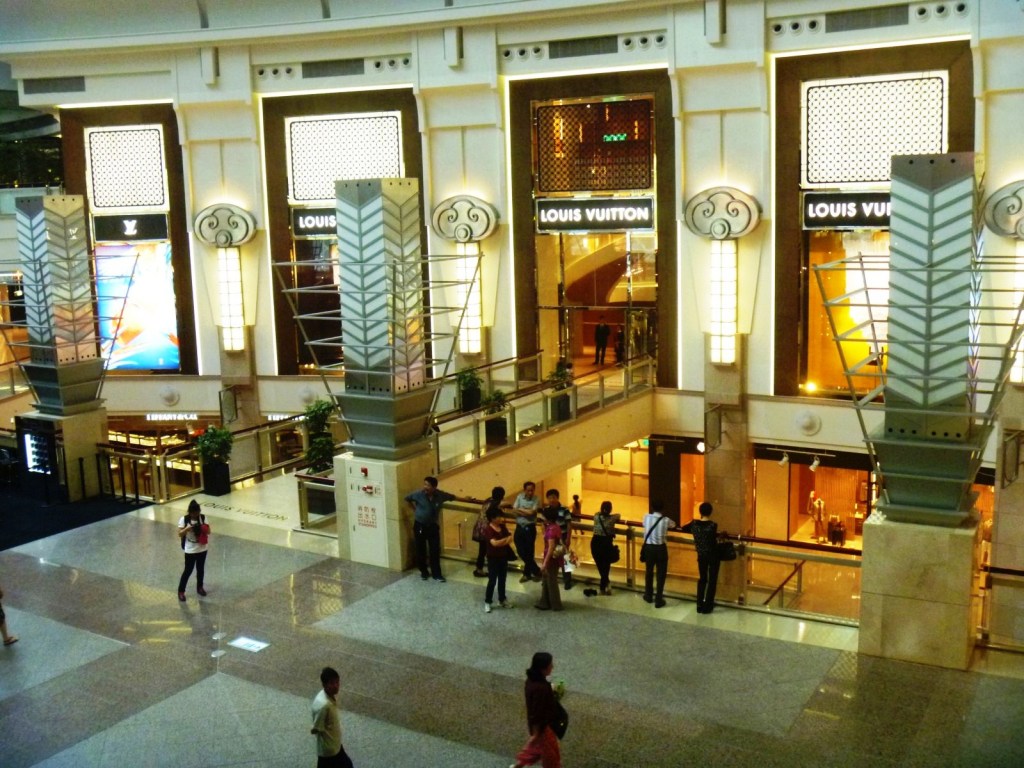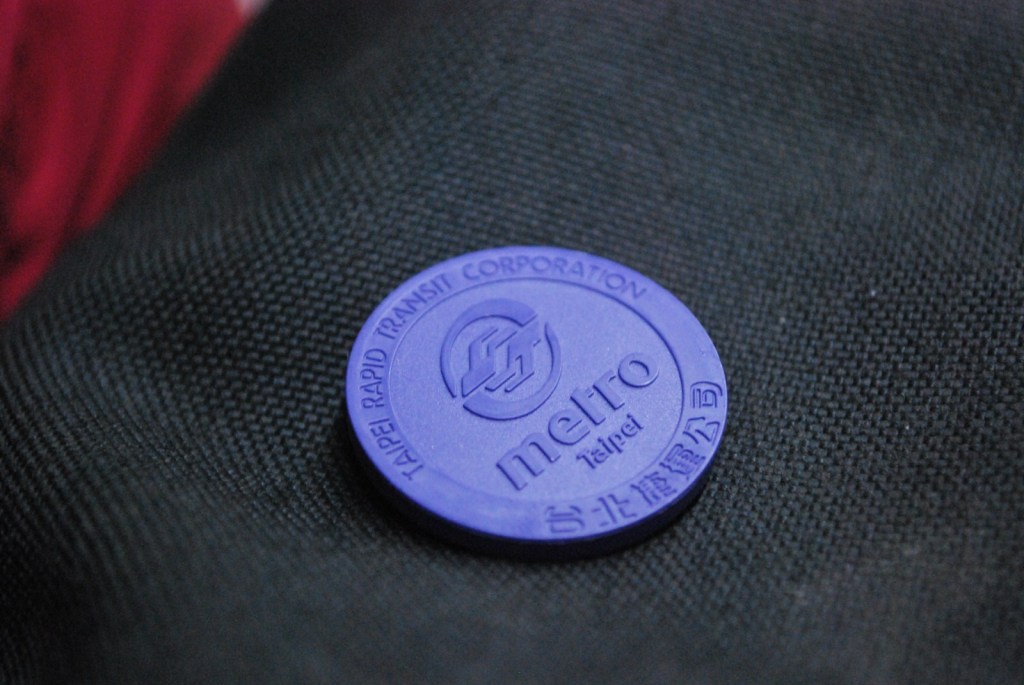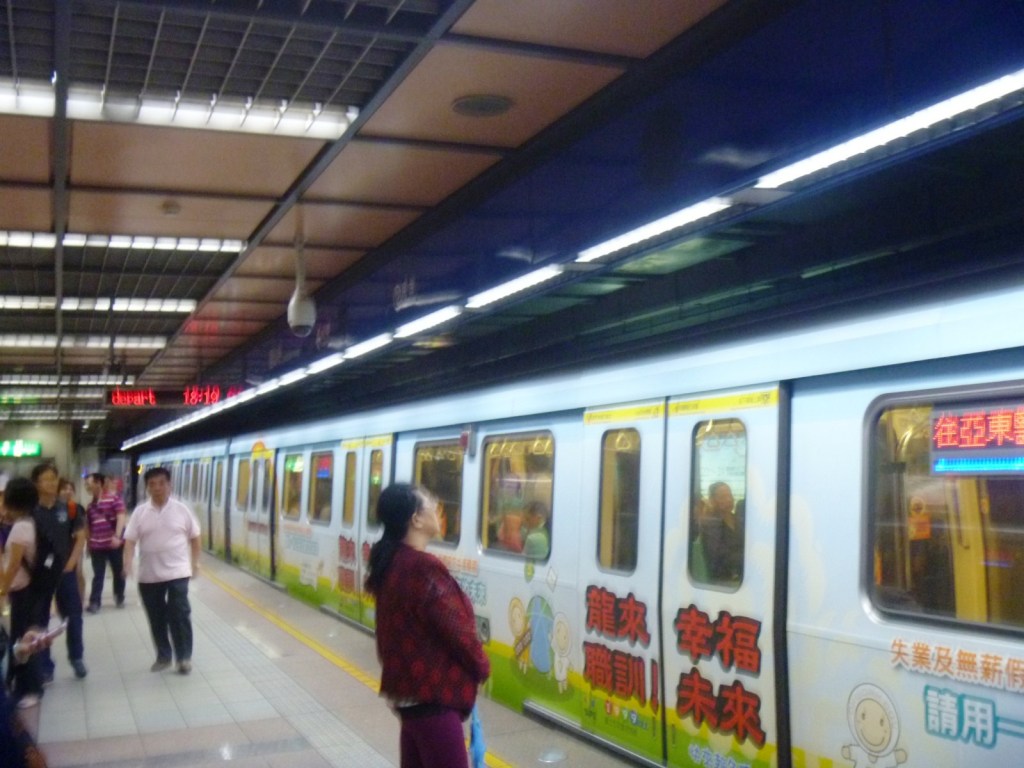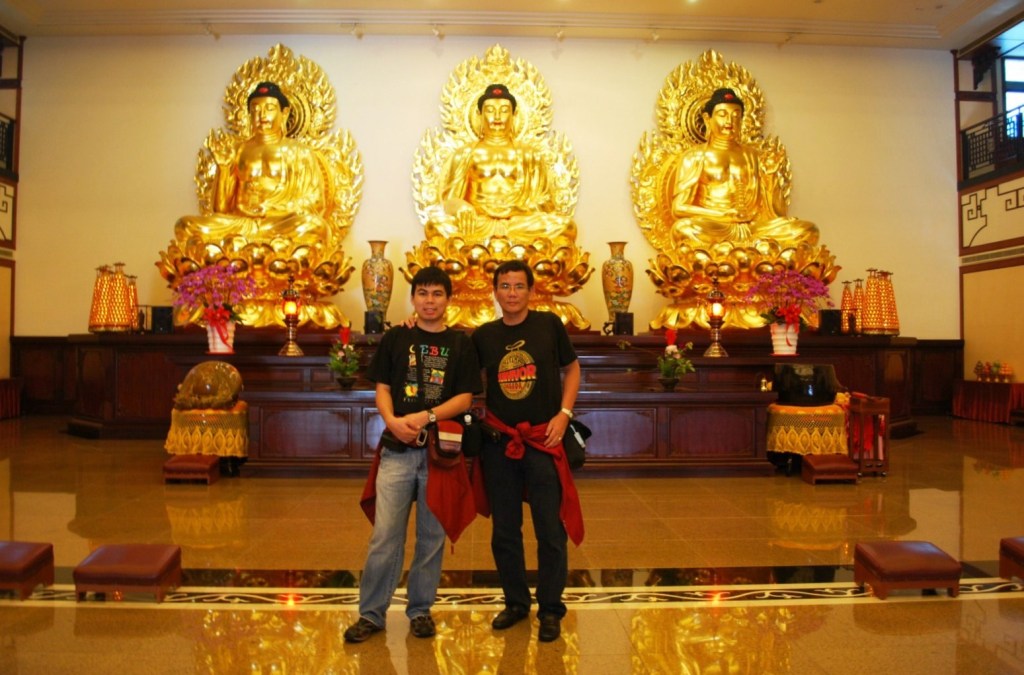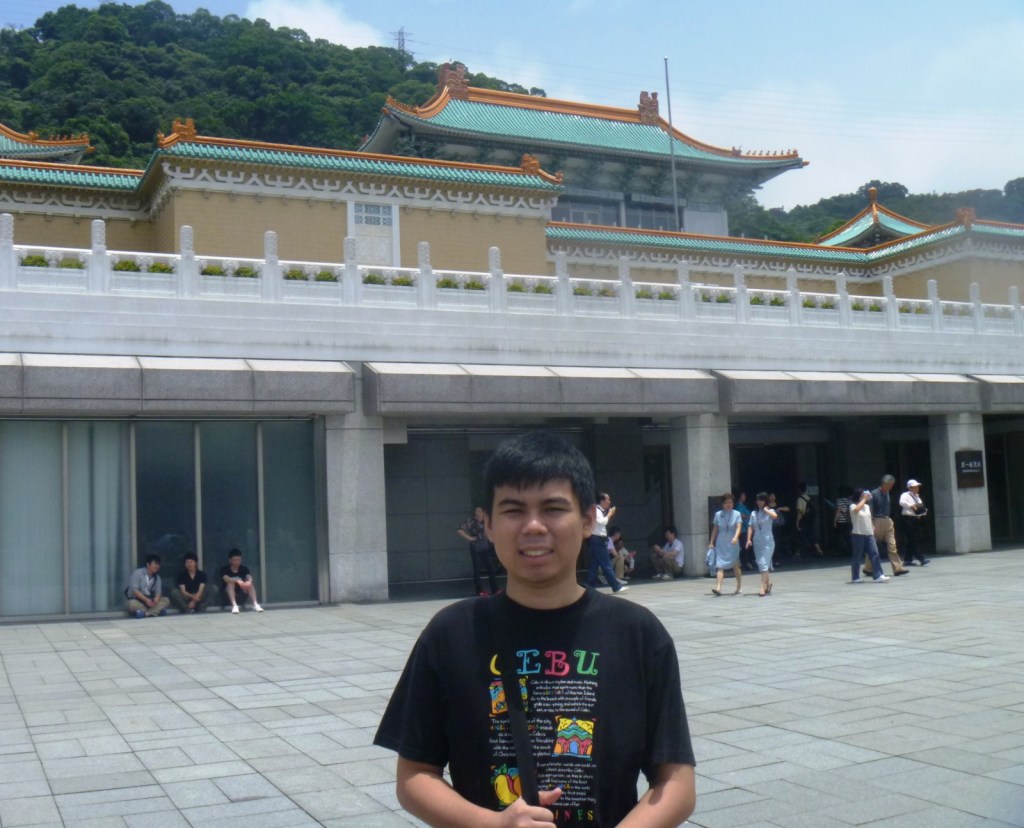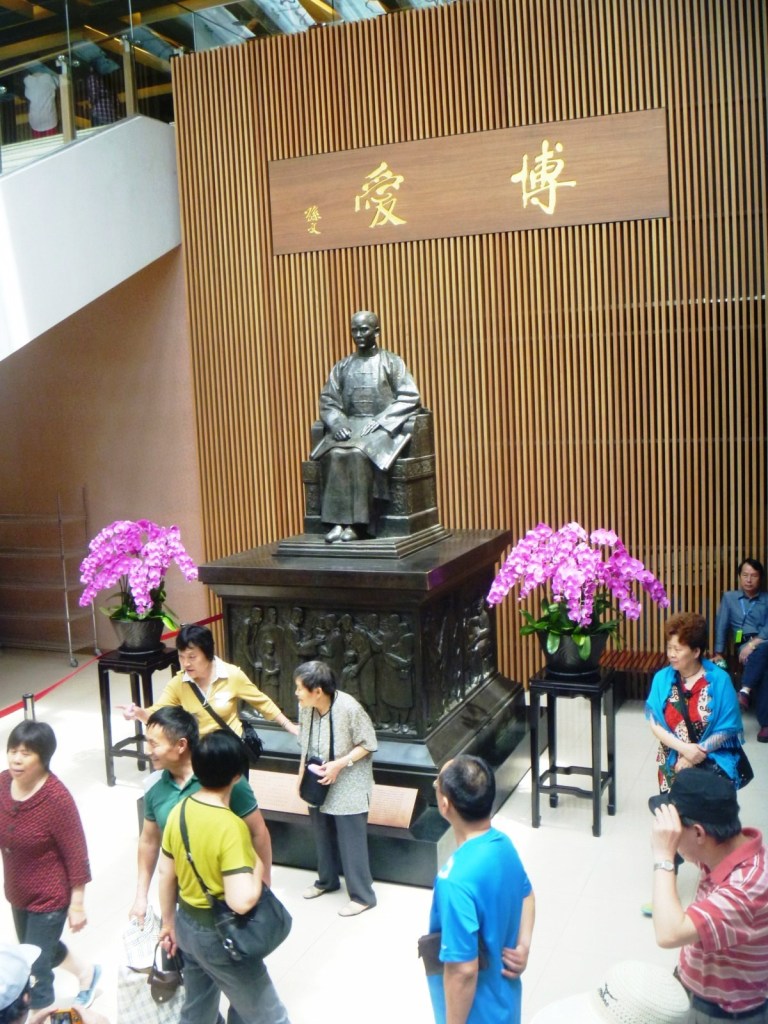From Longshan Temple, Jandy, Isha and I walked, a few streets away, to a nearby night market to do some souvenir shopping. A well-lit Chinese-style arch pointed us to an excellent night market divided into two segments. We went to the part of the market with the roof called Snake Alley a.k.a. the Hwahsi Street Tourist Night Market, said to be the oldest night market in Taipei. The surrounding area is the local market. Night markets are listed among Taiwan’s most popular tourist spots.
The “Tourist” in the official name is something of a misnomer as the market is a bit overrated and can be a bit creepy, if you are not into snakes or exotic foods. One store had one of these huge writhing, white and yellow serpents at their shopfront (the snake handler cum store owner, however, didn’t allow me to take pictures). Snake meat, according to traditional Chinese lore, have health (and libido) enhancing properties (something to do with this reptile’s impressive length). Before its conversion into a night market, Snake Alley used to be notorious for its prostitution (banned since the 1990’s).
Its no surprise that snake meat (and snake blood, bile or sperm is mixed with a local liquor called gao liang) is served up as dinner at rows of eateries within the market. These eateries also serve red bean soup, Taiwanese-style muah chee, danzi noodles (also called tan tsai noodles), thick cuttlefish soup, eel noodles, shrimp in wine, grilled Taiwanese sausages, etc. There are also eateries serving even more unusual and “special” (and controversial) turtle meat and soup, stir-fried mouse as well as crocodile meat. Truly a place for people who live by the motto “I’ll try anything at least once.” It just so happen that we weren’t one of those people.
Apart from the eateries, the night market is actually just one row of shops selling bags, cheap watches, hats, DVD and VCD movies, and souvenir items such as fans, place mats, key chains, Buddha figurines,brass sculptures, jade amulets, etc. Isha bought some these souvenir items as gifts for friends back home. I bought a number of brass key chains. There were also shops selling sex toys as well as kinky key chains (some were smaller, brass key chain versions of the wooden Ifugao barrel man, a man in a barrel which, when lifted, triggers a spring that releases a penis). There were also a number of legitimate massage parlors (offering foot, half body or whole body massages) and stores where artists sell their paintings.
Having finished our souvenir shopping, we took a taxi and dropped off at the first MacDonald’s outlet we saw. After another burger dinner here, we all boarded another taxi, dropping off Isha at her hotel before proceeding to the Gala Hotel. It was now very late in the evening and, quite tired from a fruitful day of sightseeing and shopping, decided to call it a night.
Hwahsi Street Tourist Night Market: Hwahsi St., Wanghwa District, Taipei, Taiwan. Tel: (+886-2) 2336-9781. Open daily, 7 PM-2 AM.
How to Get There: from Taipei Main Station on the Blue Line, go two stops west to the Longshan Temple MRT. Come out Exit 1 and take a right.

